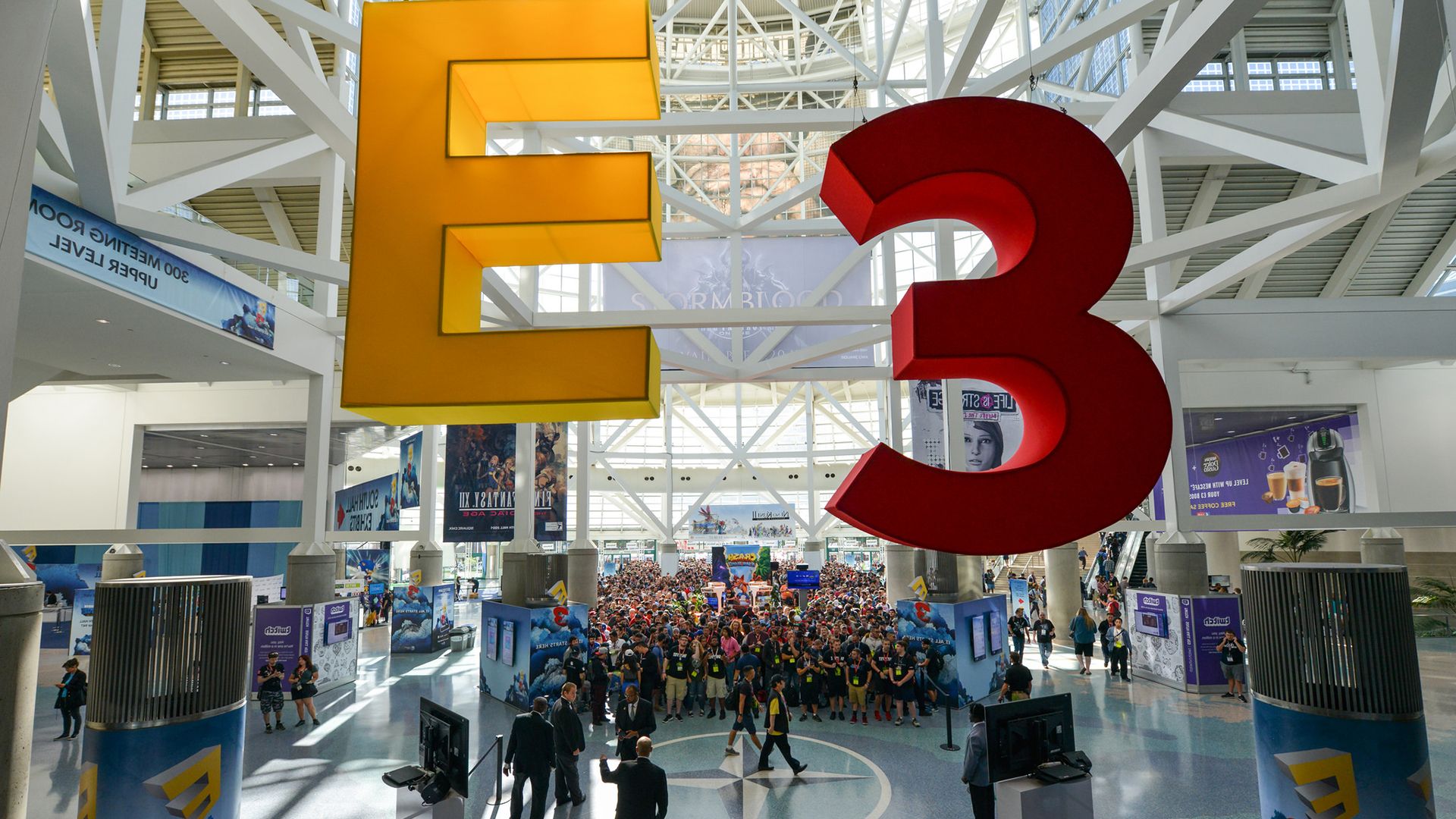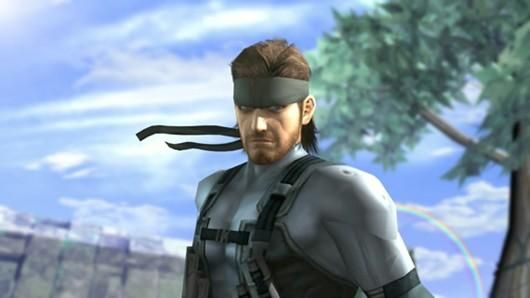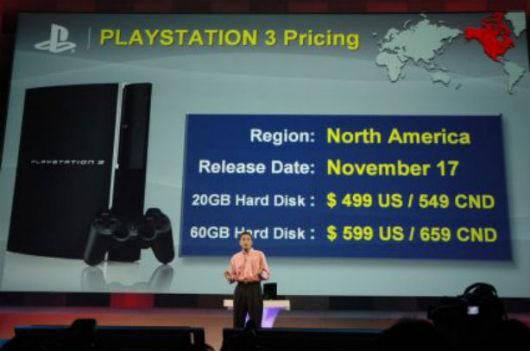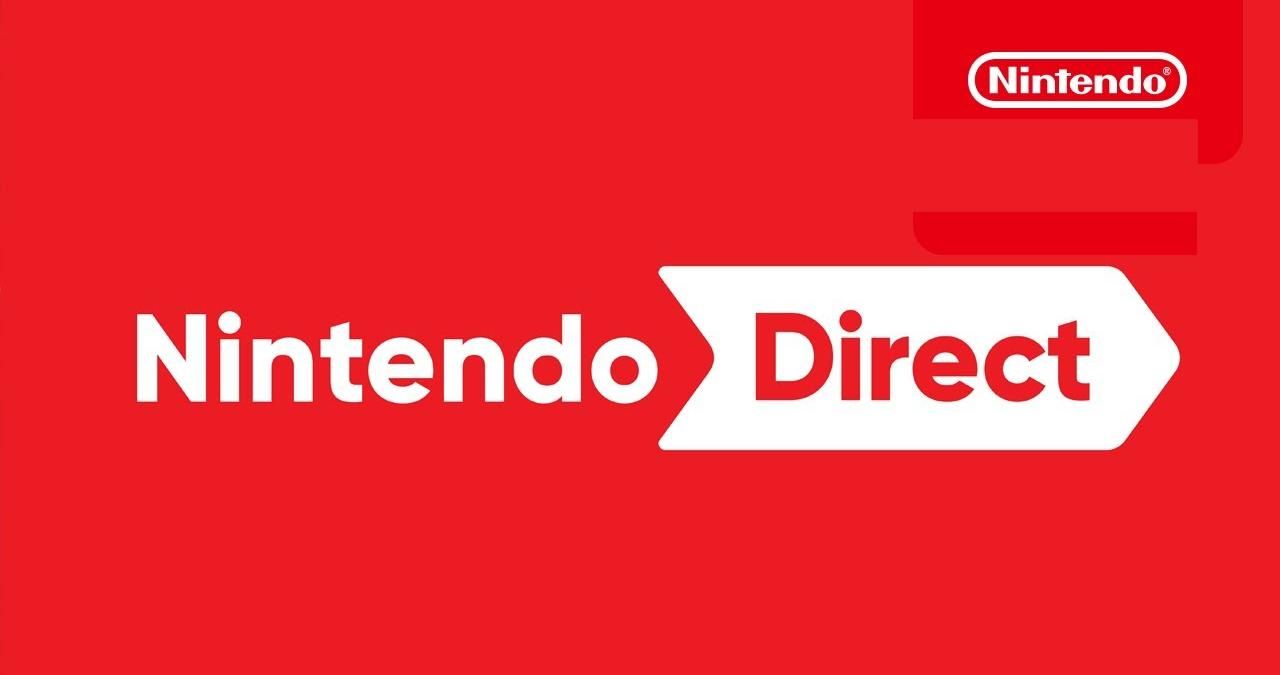The Electronics Entertainment Expo is an industry trade show that started in the mid-1990s. While the event is not quite what it used to be, with developers and publishers largely holding off their major announcements for digital events, it was the yearly destination for major video game news for over two decades. In that time, the event has seen its share of industry-defining shifts that have altered the space forever. These are some of the E3's most important events.
“299” (Sony's E3 1995)
E3 1995 was the very first one, and it wasted no time leaving its mark on history. With Nintendo showing off its fledgling Virtual Boy, and the Nintendo 64 still over a year away, most of the event's focus was on the other two major players in the hardware space: Sega, who were coming off the massive success of the Genesis, and Sony: a mysterious new contender. Sega spent their presser discussing the Sega Saturn, which had been released in Japan in November the prior year.
Sega had done just about everything wrong this E3. Not only had they announced a $399 price tag for the Saturn, but they had stealthily dropped the console in the US the day before. While this definitely caught consumers by surprise, who had not anticipated preparing for a major electronics purchase for several more months, it also caught retailers by surprise as well.
MORE - The Secret PS1 Feature That Saved My Childhood
Many retailers could not advertise the console and have it ready to sell on such short notice, and the immediate nature of the console’s western release meant that much of the console's library from Japan was not ready either. With Sega’s conference over with, Sony's Head of Development, Steve Race, took the stage and uttered the now famous number: 299. The crowd cheered, and he walked off: a mic-drop moment without a single mic dropped.
The Saturn never got off the ground in either Japan or the west, and it would be another four and a half years until Sega would attempt another major home console release again with the Dreamcast in late 1999.
Smash Bros. Brawl Trailer (E3 2006)
While the Wii’s own Smash Bros title would have been plenty big on its own, that wouldn't have been enough to seal its place as one of the most historically significant events in E3 history. The ending of the trailer, however, was. The big surprise of Solid Snake, a non-Nintendo IP, being featured in a Super Smash Bros. game completely blew the doors wide open on what could be included in the game from that point forward.
While Twin Snakes, a remake of the original Metal Gear Solid, was released on the Gamecube, this reveal trailer opened the floodgates for the massive speculation and hype generated by potential future third-party participants in the Super Smash Bros series.
“My body is ready” (Nintendo E3 2007)
While the video game world had first been introduced to Nintendo of America President Reggie Fils-Aime at E3 2004, it wasn’t until their 2007 presser where Reggie would permanently leave his mark with fans. During Nintendo’s press conference, they had followed up the massive success of the Wii with Wii Fit, a new title packaged with their own original balance board peripheral.
Reggie came up onto the stage to demonstrate the balance board, uttering his famous phrase, “My body is ready”. His and Nintendo’s embrace of the internet meme changed the way Nintendo looked at its image moving forward, opening the door for E3 presentations anchored by the likes of Jim Henson’s Creature Shop and Mega64.
"$499" (Sony’s E3 2006)
Given Sony's success with '299' at the first ever E3 conference, who would've thought that they'd go and do the exist opposite 10 years later? The announcement of the original PlayStation’s price point had all but single-handedly won them E3 1995, but the realities of the hardware game in 2006 were much different. Nintendo was going in a completely different direction after two straight disappointing financial periods for their hardware, and Microsoft was now a major player in the industry.
While the inclusion of a DVD player in the PlayStation 2 helped make it the most successful home console of all time, that trend hurt them in the long run. The inclusion of a Blu-Ray player in every PlayStation 3, while helping Sony’s media format become the flagship moving forward, massively increased costs on console manufacturing. Nowadays, consoles are sold at a loss in order to increase market share and make money on software sales. At the time, this was anything but commonplace. In order to make back some of their money on the consumer end, Sony announced a shocking $499 for the 20 GB version of the PlayStation 3, and an astronomical $599 for the 60 GB version.
The high price point and the PlayStation 3’s architecture made it less than appealing for third-party developers early on. While the console ultimately ended up catching and surpassing the Xbox 360 in sales by the end of their life cycles, the rough presentation in 2006 almost sank the brand.
Nintendo’s Last Stand (E3 2011)
Aside from Nintendo’s first public display of the Wii U, and their as yet uncrushed hopes over its success, not much happened at E3 2011. Rather, this represents the final traditional press conference for Nintendo at an E3 event. E3 2011 waas the last time Nintendo actually held a conference at E3, before moving over to their digital event, “Nintendo Direct.” It proved to be a great way of avoiding mistimed cues, awkward presentations and the general lack of control over all of the things that can go wrong during a public presentation.
Someone at Nintendo clearly finally asked the question: Why not just be in control of everything? If the human element doesn’t feel right, just record it again. Something changed at the last minute and you decided you shouldn’t announce something? Just cut it out of the live version. While it took many years for the rest of the industry to realize this was the easiest format to relay information around E3 season, this was the beginning of the end for the E3 presser.
Xbox One’s Downfall and Sony’s Status Quo (E3 2013)
Rumors had been circulating for months that Microsoft's newest console would limit players to an always-online infrastructure, making it almost impossible for those with limited internet connectivity to reliably use their new machine. They also planned to implement measures to make playing used games or lending ones to a friend impossible. Sony spent the entire conference reaffirming what had always been the case for them: no restrictions on the usage of used games or borrowing them from a friend. This was shown again in plain English for everyone following the conference with this famous Youtube clip:
Then head of Xbox Don Mattrick reaffirmed this in interviews around E3 that year, famously saying:
“We have a product for people who aren’t able to get some kind of connectivity, it’s called Xbox 360”
Ouch. These two brief segments in E3 history forever changed the industry, and condemned Microsoft to remain a distant second behind Sony throughout the entire generation. While they have made significant groundwork since with their wide catalog of backwards-compatible games and their Game Pass service, the disparity between Xbox and Playstation sales can be pretty much traced back to this moment.




